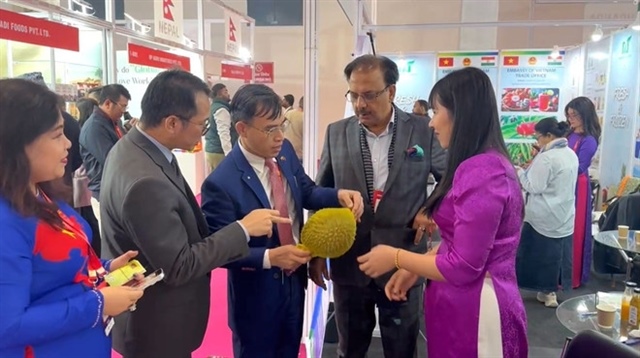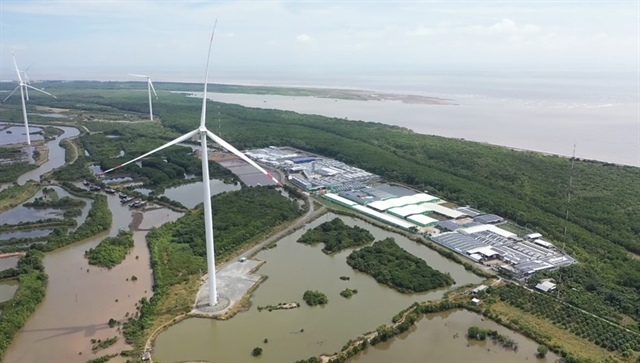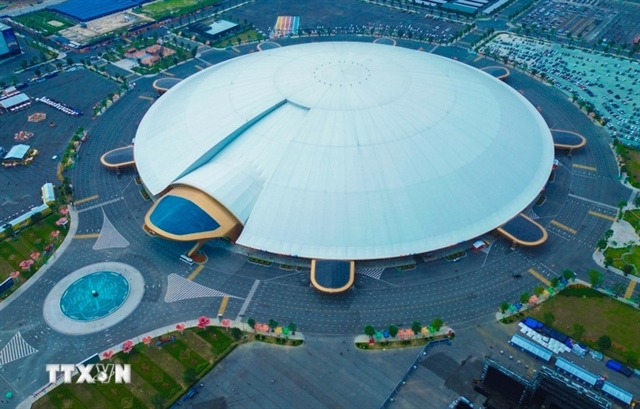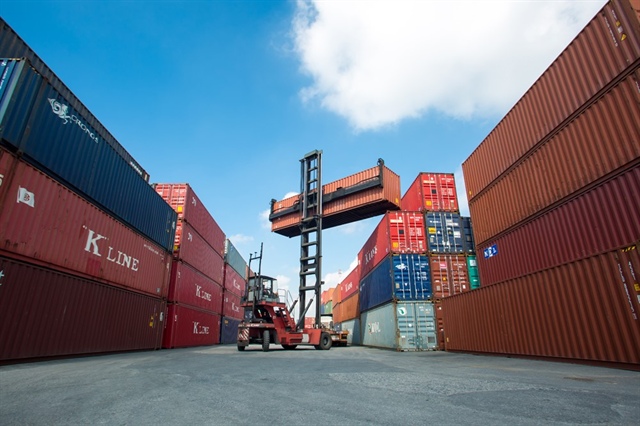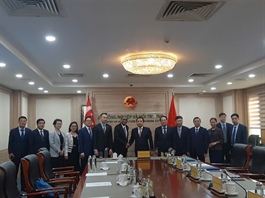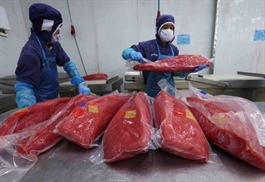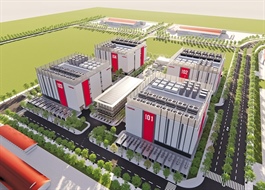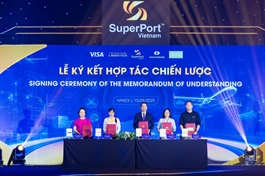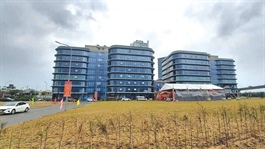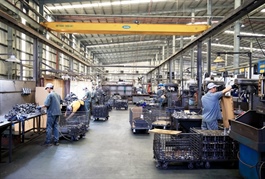Experts urge Việt Nam to tackle institutional hurdles to realise industrial goals
Experts urge Việt Nam to tackle institutional hurdles to realise industrial goals
Within global value chains, Việt Nam remains largely outside the essential, critical segments of industrial production.

Workers at a car factory in Hải Phòng City, Việt Nam. VNA/VNS Photo |
Việt Nam must stay the course on industrialisation to meet its ambitious economic goals, say experts gathered at the High-level Forum on Industrial Manufacturing 2025 in Hà Nội.
Economists and industry insiders emphasised that while Việt Nam has long aimed to become a modern industrial nation—a target first set after đổi mới and reaffirmed at the 8th National Party Congress in 2020—the country still falls short of key industrial benchmarks in 2025.
Dr Nguyễn Quân, former Party Central Committee member, ex Minister of Science and Technology, and Chairman of the Việt Nam Automation Association, noted that the nation is pursuing two centenary goals: reaching upper-middle-income status by 2030 and becoming a high-income developed country by 2045. Despite the extended timelines, challenges remain formidable.
Among the obstacles are a shortage of raw materials for industry despite abundant resources nationwide and a lack of industrial human capital, particularly in high-tech sectors, despite strong intellectual potential.
Việt Nam continues to be largely absent from critical segments of global value chains. Domestic firms have yet to establish major players in heavy industry or advanced technology, fields dominated by foreign direct investment. Even in supporting industries for strategic sectors, local companies struggle to gain a foothold.
Currently, many Vietnamese businesses contribute mainly through service roles around value chains rather than as vital links within manufacturing networks of major industrial groups. To become a true industrial nation, Việt Nam’s foremost challenge is to nurture manufacturing enterprises capable of integrating as core players in global value chains for strategic technology products.
Asked why earlier goals were missed, Quân pointed to institutional bottlenecks—an assessment echoed by General Party Secretary Tô Lâm at the opening of the 8th session of the 15th National Assembly. Among the three long-standing 'bottlenecks' - institutions, infrastructure and human resources - the institutional bottleneck is the bottleneck of bottlenecks; resolving it must come first.
He welcomed the past year’s decisive breakthrough moves on institutional reform, including the digital transformation drive and administrative overhaul and highlighted four recent Politburo resolutions. Two are 'pillars of the pillars:' Resolution 57 on breakthroughs in science, technology, innovation and national digital transformation; and Resolution 68 on developing the private economy.
The breakthrough in Resolution 57, he explained, is the acceptance of risk, venture investment and time lags in science and technology development; activation of fund-based mechanisms via science and technology development funds; provision of state-budget support for R&D and deployment; and mobilisation of social and corporate capital so that Việt Nam ultimately lifts R&D investment above 2 per cent of national GDP, alongside the statutory 2 per cent of total state-budget expenditure set by the 2013 Law on Science and Technology.
Resolution 68, meanwhile, for the first time affirms the private economy as a crucial driver. With 98 per cent of Vietnamese firms being SMEs, the resolution elevates their position. Developing dynamic private enterprises alongside state-owned economic groups will reshape the corporate landscape and, by extension, the economy.
Following Resolution 57, the Prime Minister issued Decision No. 1131/QĐ-TTg on June 12, approving strategic technologies and strategic technology products, creating a basis for concentrated investment in selected domains.
To accelerate industrial development, Dr Quân urged enterprises—especially manufacturing firms—to seize the opportunities opened by these four resolutions; to support one another in building a production-led industrial base rather than a service-centric one; and to create strategic technology products that serve the wider economy.
- 09:33 17/09/2025


